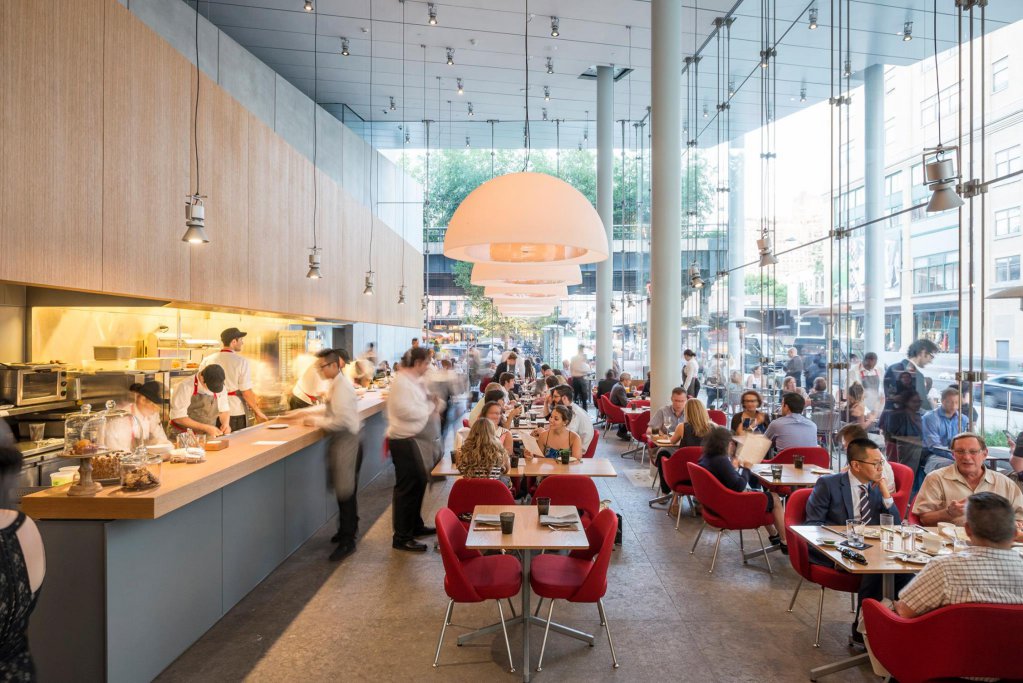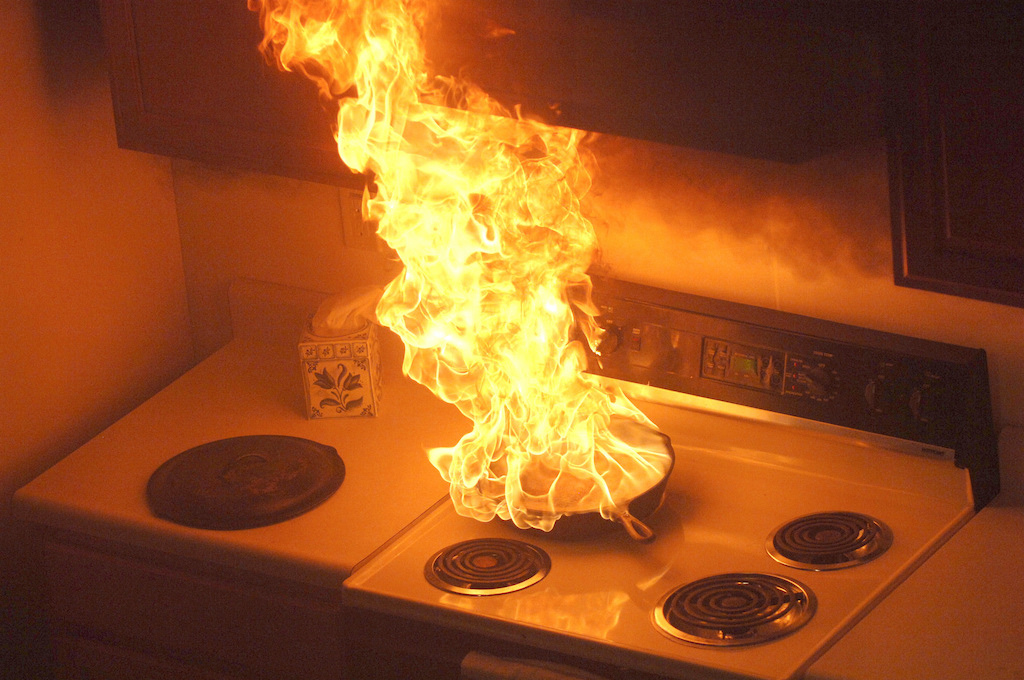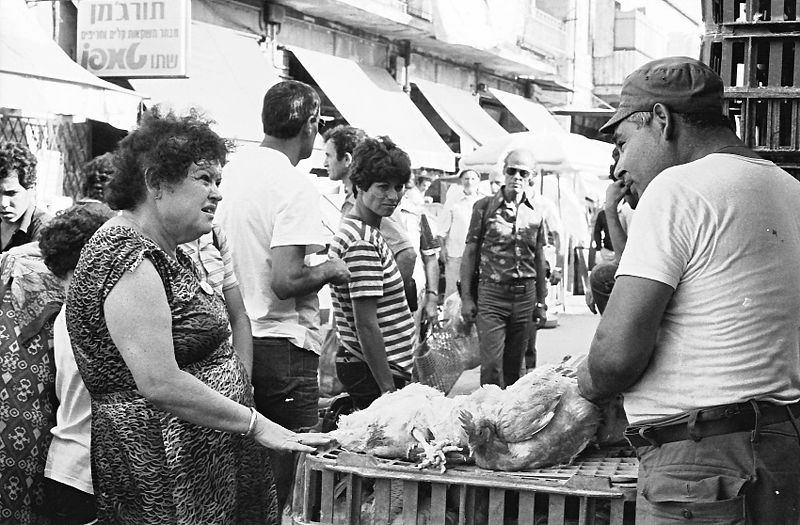In the beginning, the snowballing phenomenon known as “Restaurant Week” was a small-scale local novelty, a promotion run by less than 100 restaurants in New York City. At the time, it was just another eye-catching summer deal: $20 for a three-course business lunch. But that was 25 years ago, and things have long since changed. In 2000, NYC & Company, the organization that runs the program, added a winter version, making it a semiannual event. Then it added dinner. Now in 2017, Restaurant Week blankets the city, with 390 participating restaurants from Harlem to Crown Heights. At the same time, the promotion has swelled far beyond its initial seven-day span: This year, it runs from July 24 to August 18th. In other words, it’s more like Restaurant Month.
Meanwhile, like many New York food trends, the program has caught on elsewhere. Restaurant Week has gone national, even if it sometimes goes by other names. It’s hard to know exactly how many short-term, citywide promotions featuring prix-fixe menus are out there, but similar initiatives have become pro forma in places like Chicago, San Francisco, and Miami. And not just in big cities: You can also find restaurant week-esque events in Winchester, Virginia; Portsmouth, New Hampshire; Lompoc, California; and Petoskey, Michigan—to name just a few. Often it feels as though there are more cities with restaurant weeks than without.
And yet, as Restaurant Week has grown, so has the grumbling.
“New York foodies hate Restaurant Week,” declares Business Insider.
“Restaurant weeks hurt restaurants more than they help,” argues VICE.
“This is the week that all the people who never go out to eat all decide to go out to eat,” writes Darron Cardosa, a service industry blogger known as The Bitchy Waiter, in a post called “The hell that is known as ‘Restaurant Week.’” “They infest the restaurants like swarms of locusts, covering every square inch of table space looking for deals. It is a time that we make our money with quantity instead of quality.”
In other words, there’s an abiding sense that Restaurant Week is a despairing carnival of avarice, a free-for-all that puts humanity’s worst instincts on display, almost like the food industry’s answer to Black Friday. A common criticism is that, as diners seek better and better bargains, chefs are forced to cut corners—and, in the end, no one’s getting a good deal.
Which raises the question: If Restaurant Week is really as bad as its detractors say, why do cities keep doing it?
 NYC & Company / Alexander Thompson
NYC & Company / Alexander Thompson NYC’s Empellón Tacqueria during Restaurant Week
In July of 1992, New York City hosted the Democratic National Convention—and with the convention came a herd of reporters ready to cover the news. In those days, July was a slow time for New York restaurants. The city was hot, and moneyed locals preferred escaping to the Hamptons or other vacation spots to baking inside the city’s cement kiln. So to help, Tim Zagat (co-founder of the Zagat guide) and restaurateur Joe Baum convinced 93 restaurants to offer bargain lunches to entertain the delegates and get some business through the door. As Zagat told The Atlantic in 2010, “The original four-day event was created as a goodwill gesture to the 15,000 reporters coming to cover that year’s Democratic National Convention.”
For $19.92 (a dollar amount pegged to the year of the convention), anyone could get a meal at usually unaffordable spots like Tavern on the Green or the old Windows on the World restaurant on top of the World Trade Center. “Frankly,” Zagat explained, “we thought it would be a short-term money loser but have long-term PR benefit for New York and the restaurant industry.”
Restaurateurs were pleasantly surprised. Rather than losing money, they suddenly had more business than they could handle. Barry Wine, owner of Quilted Giraffe, told the New York Times that his restaurant was getting six calls a minute during the day. “I can honestly say that we’ve received over 3,000 phone calls requesting reservations for lunch next week, including ones from celebrities who would normally be out of town in July.” But most diners were out of luck—the restaurant was booked solid. And it wasn’t just Quilted Giraffe. As a manager at Bouley told the Times: “It’s been like American Airlines at Thanksgiving here.”
Many of the restaurants involved decided to extend the bargain lunch at least until Labor Day, though some mused about continuing into the fall. But despite the early success in New York, it wasn’t until the 2000s that Restaurant Week started spreading—probably to a town near you.
 Adam Alexander Photography / Choose Chicago
Adam Alexander Photography / Choose Chicago Chicago’s City Winery during Restaurant Week, 2017
It’s hard to say exactly when the backlash started. But by 2012, Restaurant Week resistance had become national news.
That was the year that Michael Leviton, owner of Lumière in West Newton, Massachusetts (since then, the restaurant briefly closed, and is now under new management), sent an e-blast to his customers explaining that for the first time in roughly a decade they were going to be forgoing Restaurant Week. One of his customers passed the message along to the Boston Globe and soon the paper published a variation of his “Why Restaurant Week doesn’t work for me” manifesto on their website. Leviton was surprised by the reaction. “I didn’t really feel like I wanted to make a statement,” he tells me. Restaurant week was simply having a negative affect on his regular customers: their attitude, he says, was “We avoid this place like the plague when it’s restaurant week.” At the same time, the program was no longer as lucrative as it had been in the past. “I felt like it wasn’t worth jumping through these hoops for almost no money and definitely more compromises,” he says.
According to Gus DiMillo, founding partner of the Washington D.C.-based restaurant group Passion Food Hospitality, who was part of the meeting that started his city’s Restaurant Week, profit isn’t really the point. The program works best, in his view, when marketing is the goal, not moneymaking. “You have a lot of people out there and I don’t care how long your restaurant has been around, there’s always someone who hasn’t heard of you,” he explains. “This gives people an opportunity to come in for a fair price and experience your restaurant in the hopes that they come back.”
And yet as Restaurant Week has grown, it’s gotten harder to stand out. In Boston, Leviton remembers there being roughly fifty restaurants participating in the first years—a number that swelled to over 200 by 2011. It makes sense that restaurants who see their neighbors having success in a program would want to be part of it, but at a certain point Restaurant Week stops being a way to highlight individual restaurants and turns into a cattle call of its own.
At the same time, participating restaurants face more daunting economics. It can require hiring more staff to deal with the rush—especially for restaurants that aren’t usually open for lunch—which means spending more on payroll just to charge less for food. To make ends meet, DiMillo says, “you rely on the hope that [customers] will drink something.”
But what if they don’t? An academic study of New Orleans’ Restaurant Week found that only 47% of guests bought additional menu items, including alcohol and a la carte food. A full 35% did not venture outside the prix-fixe menu, which usually ends up being a losing bargain for participating eateries. The high markups on alcoholic and other beverages can make the difference between a profitable or unprofitable restaurant week—though considering that Restaurant Week usually draws a thrifty crowd in the first place, that strategy can be a dicey one.
Which brings up a divisive topic that, when it comes to Restaurant Week, is impossible to avoid: price. The prix-fixe menus may be attractive to consumers, but can feel like a trap for chefs not used to working at that price point. Dean Gold, the owner and chef of D.C. restaurant Dino’s Grotto in Shaw, told the Washingtonian that while a number of high-end restaurants participate, their menus are “absolutely not what they’re doing on an everyday basis.” In other words, making Restaurant Week’s discounted prices work requires so much cost-cutting that guests are basically eating off a completely different menu.
In 2016, the Chicagoist’s food editor Anthony Todd set out on a quest to discover whether Restaurant Week was a steal or a scam for customers. To get to the bottom of his question he compared participating businesses’ regular menus to their prix-fixe menus. Where there was, say, a burger on both menus he used the normal menu’s price to determine whether the full value of the restaurant week “deal” was more or less than the price of the items on the regular menu. Todd didn’t get answers for every restaurant, and he admitted in a disclaimer that there had been “a lot of approximating.” In the end he determined that 19 of the Chicago Restaurant Week’s 317 participating restaurants were definitely not a good deal for the customer. Another 21 were “probably not” a good deal. Many more were hard to determine or could swing either way depending on what the customer ordered. Of course, there were also 69 that Todd decreed to be definitely a good deal. The guide was so popular that he did it again in 2017.
Depending on whether customers are dining out during Restaurant Week to look for a bargain or simply an excuse to try somewhere new, nitpicking the exact value of their meal may or may not matter. But the fact remains: The program is probably something of a zero-sum game. The better the deal is for consumers, the worse it becomes for chefs.
 NYC & Company / David Mehr
NYC & Company / David Mehr NYC’s Dos Caminos during Restaurant Week
If the financial gains are hazy, one thing is clear: Chefs seem to come crawling back to Restaurant Week, even if their customers don’t.
Gold has had an on-again-off-again relationship with his city’s program. “I was out for about 18 months and now I’m back in,” he says. He’d taken part for nearly seven years until he finally burned out in 2014, citing many of the same complaints as Leviton did—fewer covers, bad pricing, and a lot of work for little pay.
That year, he decided to try something new: an “anti-Restaurant Week menu,” forgoing the standard 3-course prix-fixe for a more extensive 10-course experience. “3 courses at $35.14 simply IS NOT a great deal at Dino’s Grotto. It comes out to a half-priced dessert, which IS NOT a savings in our minds,” he wrote, on the restaurant’s website.
The initiative got so much press that Dino’s did better than it had during the last few years of the program. It didn’t hurt that he didn’t have to pay the $750 fee to be part of Restaurant Week those years either. Which is, of course, another cost to factor in: While most organizers of Restaurant Week say their program fees are private information, the few costs I found seemed to range from $0 to $500 and occasionally even higher in big cities or for programs that price according to a restaurant’s size. (Not that the programs themselves are raking in the dough, necessarily—most need other sources of funding. NYC & Company, like many of its counterparts elsewhere, is a non-profit largely funded by its home city.)
The novelty of an anti-restaurant week menu eventually wore off, and Gold found himself worse off than when he’d been part of the program. “We got no press. We did no business,” he says. “I did well in Restaurant Week for a while, then I got lost in the crowd, and now I’m feeling like we’re back and getting some attention,” Gold explains.
DiMillo, for his part, doesn’t buy the argument that the Restaurant Week decks are stacked against the restaurants. “I hate it when people keep pushing back and saying, ‘Well we’re not doing it because it’s too crazy busy’ or ‘doesn’t give a good view of what we have to offer,’” DiMillo says. “You have total control! You’re doing the menu.” In other words, if the economics don’t work at $30, change the offerings. DiMillo does Restaurant Week at all his establishments except locations of his fast casual Burger Tap & Shake and lunch at TenPenh, where the price of the regular lunch menu is less than Restaurant Week.
Ultimately, Leviton says, Restaurant Week was just supposed to provide a good deal during a slow time of year. Despite how it worked out for his restaurant, he says “I’m surprised this has become such a lightning rod issue. But apparently it, like Groupon, has really got under some people’s skin.”
That’s understandable. Because for now, until someone comes up with a better idea, it seems Restaurant Week is still a necessary evil—something chefs can’t live with, but also can’t live without.











